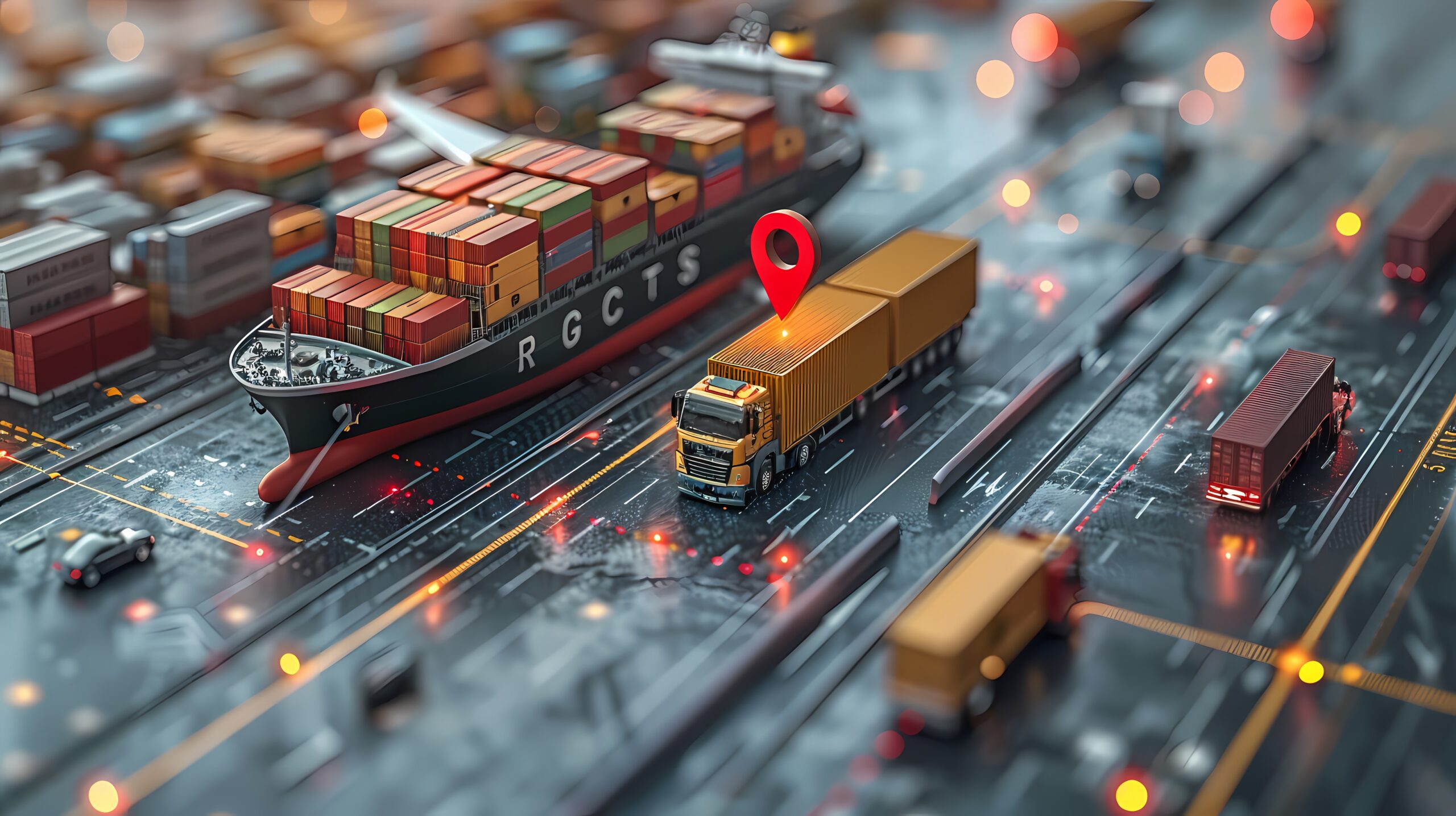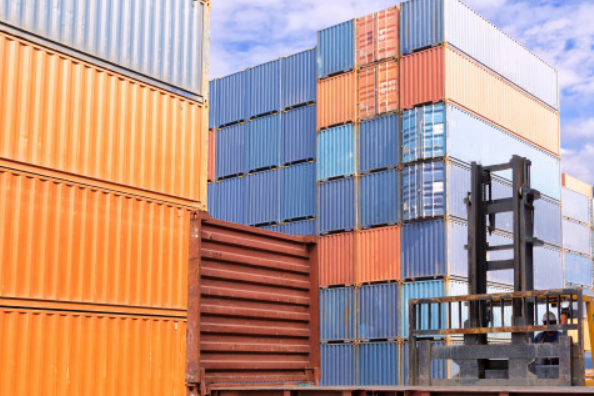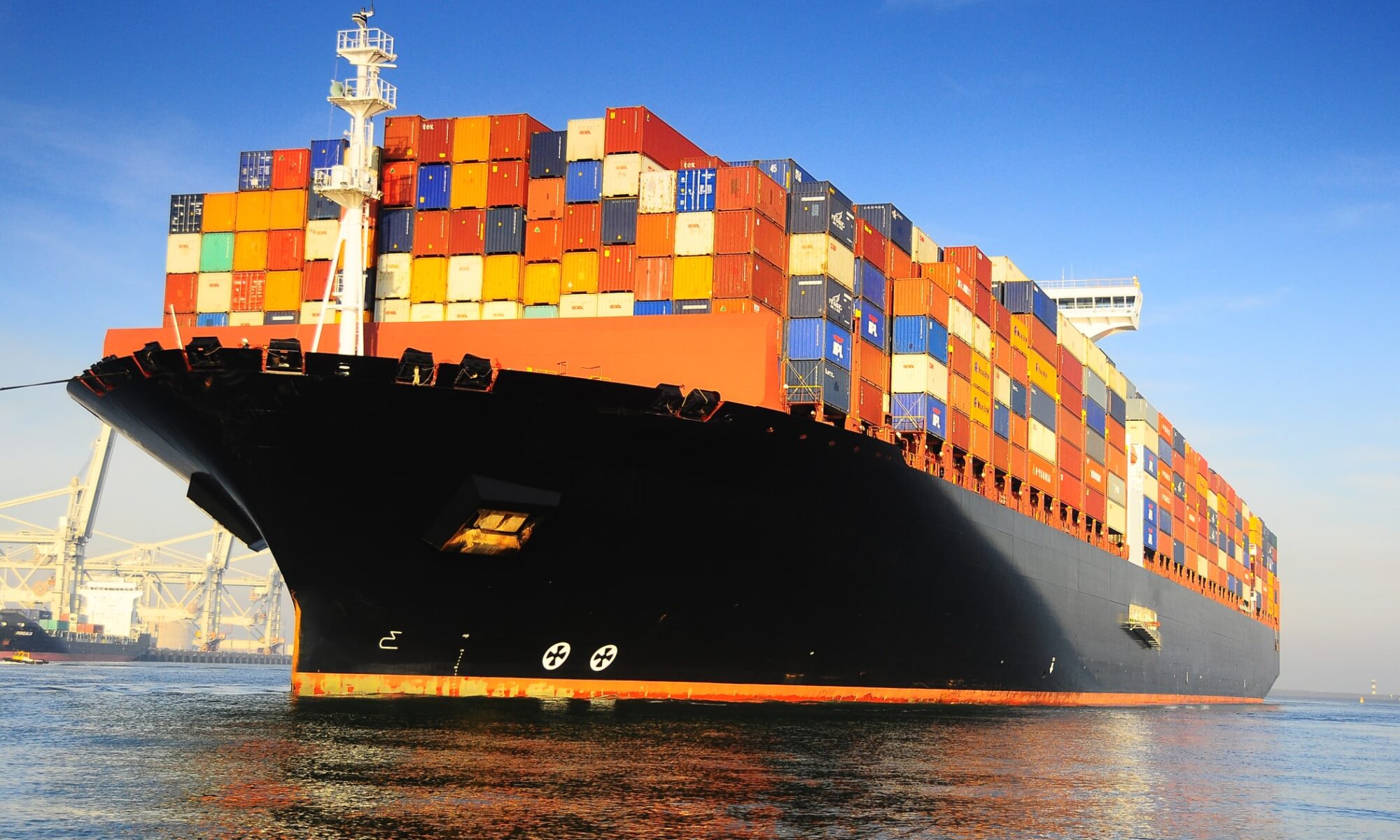In 2025, the global logistics industry is experiencing one of its most transformative years.
With businesses demanding faster, more reliable, and more predictable movement of
goods, air freight services have become a central pillar of modern supply chains. What
was once considered a premium option is now a necessity for companies operating in
fast-paced sectors such as e-commerce, pharmaceuticals, electronics, automotive, and
perishables.
As global commerce expands, the sky is becoming the world’s most efficient highway.
Emerging technologies, rising customer expectations, and shifting trade patterns are
redefining how cargo moves across borders. These shifts are reflected in the major
global air cargo trends 2025, which show that air freight is rapidly evolving into the
most strategic logistics mode for time-critical and high-value shipments.
Global Air Cargo Trends 2025: What’s Shaping the Future?
The air cargo industry in 2025 is being driven by several powerful forces:
1. Explosive Growth in Cross-Border E-Commerce
With consumers expecting fast delivery—even internationally—air freight provides the
speed needed to meet next-day and two-day delivery commitments. Online retailers rely
heavily on express movements to avoid delays and maintain service levels.
2. Supply Chain Instability Across Other Modes
Ocean freight congestion, land transportation delays, geopolitical disruptions, and
climate-related impacts have increased pressure on supply chains. Air cargo offers
greater predictability, making it a preferred option for urgent shipments.
3. Increasing Demand for Temperature-Controlled Cargo
Pharmaceuticals, fresh foods, and biotech products require strict cold-chain
environments. Air transportation remains the most reliable mode for maintaining product
integrity.
4. Shift Toward Lean Inventory Models
Manufacturers are adopting just-in-time practices to reduce warehousing costs,
depending on air freight to deliver components swiftly and prevent production halts.
These trends highlight how air transport is becoming an essential backbone of global
trade.
The Benefits of Air Freight: Why Businesses Rely on Speed and
Precision
The many benefits of air freight go far beyond fast transit times. In today’s globalised
markets, companies choose air cargo for several strategic advantages:
1. Unmatched Speed
No other logistics mode can move goods across continents in hours. This makes air
freight the ideal solution for time-sensitive shipments, emergencies, and high-demand
periods.
2. Global Network Connectivity
With thousands of daily flights and extensive international routes, air freight allows
businesses to reach new markets quickly and reliably.
3. Enhanced Security and Reduced Handling
Airports follow strict security protocols, reducing risks for high-value goods like
electronics, jewellery, and pharmaceuticals.
4. Lower Inventory Holding Costs
Fast delivery cycles allow companies to reduce inventory levels, warehouse space, and
safety stocks.
5. High Reliability
Scheduled departures and precise arrival times give businesses better visibility and
control over their supply chain.
Together, these advantages make air freight a game-changing solution for companies
seeking agility, speed, and global reach.
Air Freight Logistics Solutions: Smarter, Faster, More Integrated
Technological advancements are redefining air freight logistics solutions. Logistics
providers and international carriers are adopting tools that enhance accuracy and reduce
operational friction.
1. Digital Tracking and Real-Time Monitoring
IoT-enabled sensors track temperature, humidity, and cargo conditions. This is critical for
cold chain and high-value shipments.
2. AI-Based Route Planning
Algorithms identify optimal flight schedules, reducing transit time and improving cost
efficiency.
3. Electronic Documentation
The adoption of e-AWBs and digital customs paperwork speeds up clearance and
reduces administrative errors.
4. Advanced Packaging and Handling
Special air cargo packaging helps minimise weight while protecting sensitive goods.
These tools ensure that air freight is not just fast—but also intelligent, traceable, and
efficient.
The Rise of Express Air Shipping in 2025
A significant development this year is the rapid expansion of express air shipping. With
industries demanding immediate delivery, express solutions provide:
Priority loading
Guaranteed transit times
Dedicated aircraft
24/7 handling at specialised express hubs
Express services are now widely used for spare parts, medical supplies, e-commerce
parcels, and urgent production materials. The reliability and speed of express air cargo
are helping businesses avoid costly downtime and missed deadlines.
The Role of International Air Freight Companies
In a world where global supply chains operate around the clock, international air freight
companies are enabling seamless cross-border movement. Their networks,
partnerships, and specialised services support businesses with:
Worldwide connectivity
Charter flights for oversized or emergency cargo
Temperature-controlled air cargo solutions
Customs brokerage and documentation support
Last-mile delivery integration
Compliance with air safety and cargo regulations
Top air cargo carriers in 2025 are also prioritising sustainability by leveraging fuel-
efficient aircraft and sustainable aviation fuel (SAF) to reduce emissions.
Why Air Freight Will Remain a Dominant Force in Global Trade
Air freight is poised for continued growth due to several long-term factors:
Increasing consumer expectation for fast global delivery
Rising demand for high-value, high-speed shipping
Growth of new manufacturing hubs in Asia, Middle East, and Africa
Expansion of global e-commerce marketplaces
Continued disruptions in ocean and land freight
Greater need for supply chain resilience
As industries evolve, speed, reliability, and global accessibility will remain
critical—ensuring that air cargo continues to power world trade.
Conclusion
In 2025, the sky has truly become the new supply chain. Air freight services are no
longer optional—they are essential for businesses navigating a fast-paced,
interconnected global marketplace. Strengthened by emerging global air cargo trends
2025, smarter air freight logistics solutions, the growing demand for express air shipping,
and the capabilities of leading international air freight companies, air cargo continues to
redefine what is possible in international trade.
As supply chains move toward greater agility and efficiency, air freight will remain one of
the most powerful engines driving business success across the world.











